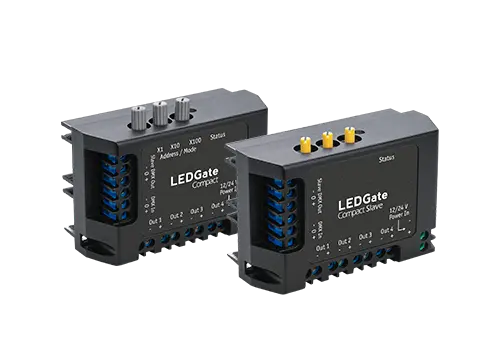
Focus is the deliberate assignment of visual priority. Brighter, contrasted, and colour-accented zones become anchors for audience attention. A key light, a gobo pattern, or a warmer hue can turn a neutral area into the scene’s semantic center.
To plan focus: create a hierarchy for each moment – primary (where we want eyes first), secondary (supporting), tertiary (context). Use contrast, angle, color temperature and movement to control that order. Avoid equalizing levels across zones: too many equally bright areas fragment attention. Always check sightlines and ensure your focal choices read from the farthest seats.
Transitions of focus should be motivated by action, text, or music. Program fades and cues so the eye is led, not startled. Effective focus makes the director’s intention visible: it is how the lighting designer speaks for the eye.
Editor: Alex Deno, Founder Sundrax. Find case studies and cue-example files on our blog.
